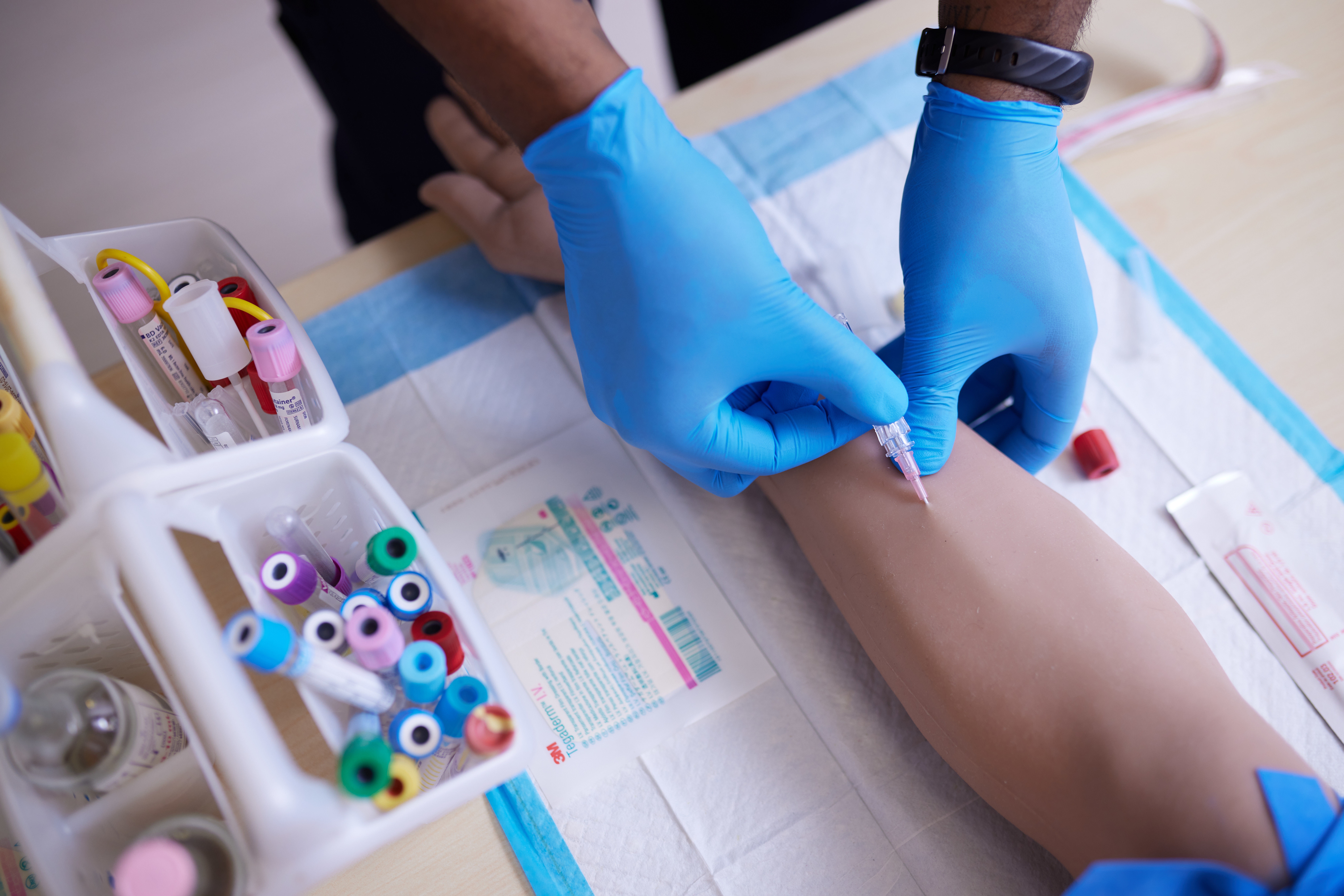Elevate Healthcare Blog
Overcoming Simulation Education Challenges: Empowering Clinical Educators
Nov 25, 2024

As healthcare systems become more complex, the demand for skilled professionals grows, placing increasing pressure on clinical educators to adapt their teaching methods. To ensure that future healthcare workers are fully prepared for the challenges they’ll face, simulation-based education must evolve. Clinical educators are on the front lines of this transformation, navigating staffing shortages, fluctuating enrollment, and the limitations of current simulation tools.
This article will explore the key challenges they face and the solutions that can help improve the quality and efficiency of simulation-based learning.
Key Challenges in Simulation for Healthcare Education
As clinical educators work to meet the demands of a complex healthcare system, they encounter several challenges that impact their ability to deliver high-quality, effective simulation-based education. These challenges are made more difficult by staffing shortages, fluctuating enrollment, and the limitations of current simulation tools.
Key issues that clinical educators are facing:
- Staffing Shortages: With over 60% of healthcare education institutions experiencing faculty and staffing shortages, educators are tasked with managing larger class sizes and a wider variety of student needs, often with limited resources.
- Nursing Shortage: The growing demand for skilled nurses intensifies pressure on educators, requiring them to train more students in less time, which strains already stretched faculty and training resources.
- Fluctuating Enrollment: Unpredictable student enrollment creates inconsistency in educational delivery, making it harder to maintain a standardized curriculum and schedule, which in turn places additional strain on faculty.
- Inconsistent Educational Experiences: With varying faculty availability and enrollment numbers, the quality of education can fluctuate, leading to disparities in the learning experience and student outcomes.
- Limited Simulation Tools: Existing simulation tools often lack the flexibility and depth needed to replicate the diverse, real-world scenarios that clinical educators must teach, limiting the effectiveness of the simulations.
- Time Constraints: Time-consuming setup and transitions between simulation scenarios reduce the amount of hands-on learning available, impacting the overall effectiveness of the training experience.
The Limitations of Current Healthcare Simulation Solutions
Many current simulation tools fall short of meeting the evolving demands of healthcare education. Clinical educators often rely on outdated simulators that lack the flexibility and realism needed to reflect the diverse, real-world scenarios students will face in healthcare settings.
Additionally, traditional simulation setups can be both time-consuming and labor-intensive, requiring extensive preparation and manual adjustments between sessions. Taking away valuable hands-on learning time, which is essential for keeping students engaged and helping them build practical skills. The time spent managing these tools reduces the amount of direct teaching, affecting the overall quality of the educational experience.
As class sizes continue to grow and the diversity of student needs expands, the scalability of current simulation systems becomes a significant challenge. Educators are expected to train more students in less time, yet existing systems struggle to keep up with these demands. With healthcare systems under pressure to increase the speed and efficiency of training, educators need tools that not only enhance the learning experience but also allow them to teach more effectively and efficiently.
The Need for Integrated, Realistic, and Efficient Solutions
To succeed in today’s rapidly evolving healthcare education environment, clinical educators need integrated solutions that simplify simulation setup, boost efficiency, and enhance the overall learning experience. The key to overcoming current challenges lies in tools that allow educators to spend more time teaching and less time on administrative tasks.
Realistic, high-fidelity simulations are essential to engage learners and ensure they’re prepared for the complexities of real-world healthcare settings. The ability to replicate diverse patient scenarios—across age, gender, and ethnicity—is critical for developing the skills needed to treat a broad range of patients. Educators need tools that not only provide this level of realism but also allow for customization to address the specific learning needs of their students.
In addition, optimized workflows are crucial for streamlining the teaching process. Solutions that automate repetitive tasks—like switching between scenarios or adjusting simulators—free up valuable time. Tools that provide seamless transitions between different types of learning, from self-directed modules to immersive, hands-on simulations, enable educators to focus on what matters most: delivering impactful, student-centered education.
Equally important to enhancing the learning experience is data capture. The ability to track detailed metrics on student performance is key to debriefing and refining teaching strategies. With comprehensive data, educators can monitor individual progress, identify learning gaps, and tailor instruction to meet specific needs. This data-driven approach not only supports more effective teaching but also helps clinical educators continuously improve their methods, ensuring that students are fully prepared for the challenges they will face in real-world healthcare settings.
Moving Forward: Empowering Clinical Educators
To help clinical educators overcome the current challenges in healthcare simulation education, it’s essential to adopt integrated, scalable solutions that prioritize both efficiency and engagement. The tools educators use must go beyond simplifying their tasks—they should enrich the learning experience for learners, creating an environment that fosters skill development, critical thinking, and real-world preparedness.
Rather than relying on standalone tools, clinical educators need a comprehensive simulation ecosystem that supports the diverse and evolving needs of healthcare education. This ecosystem must be flexible, adaptable, and capable of replicating realistic, complex medical scenarios. It should include not only high-fidelity simulators, but also integrated technologies that offer seamless connectivity, real-time data capture, and customizable learning paths.
By embracing these advanced systems, clinical educators can provide the highest quality training to their students, regardless of the challenges they face. A holistic ecosystem—one that brings together realistic simulations, data-driven insights, and operational efficiency—ensures that educators can maximize their teaching time and deliver an educational experience that prepares students for the complexities of modern healthcare. Ultimately, these solutions will help address the nursing shortage, enhance patient care, and ensure the next generation of healthcare professionals is ready for the future.
Demandes des médias
Raven Bouie
Spécialiste en Services créatifs et Communications
Envoyer un courriel


